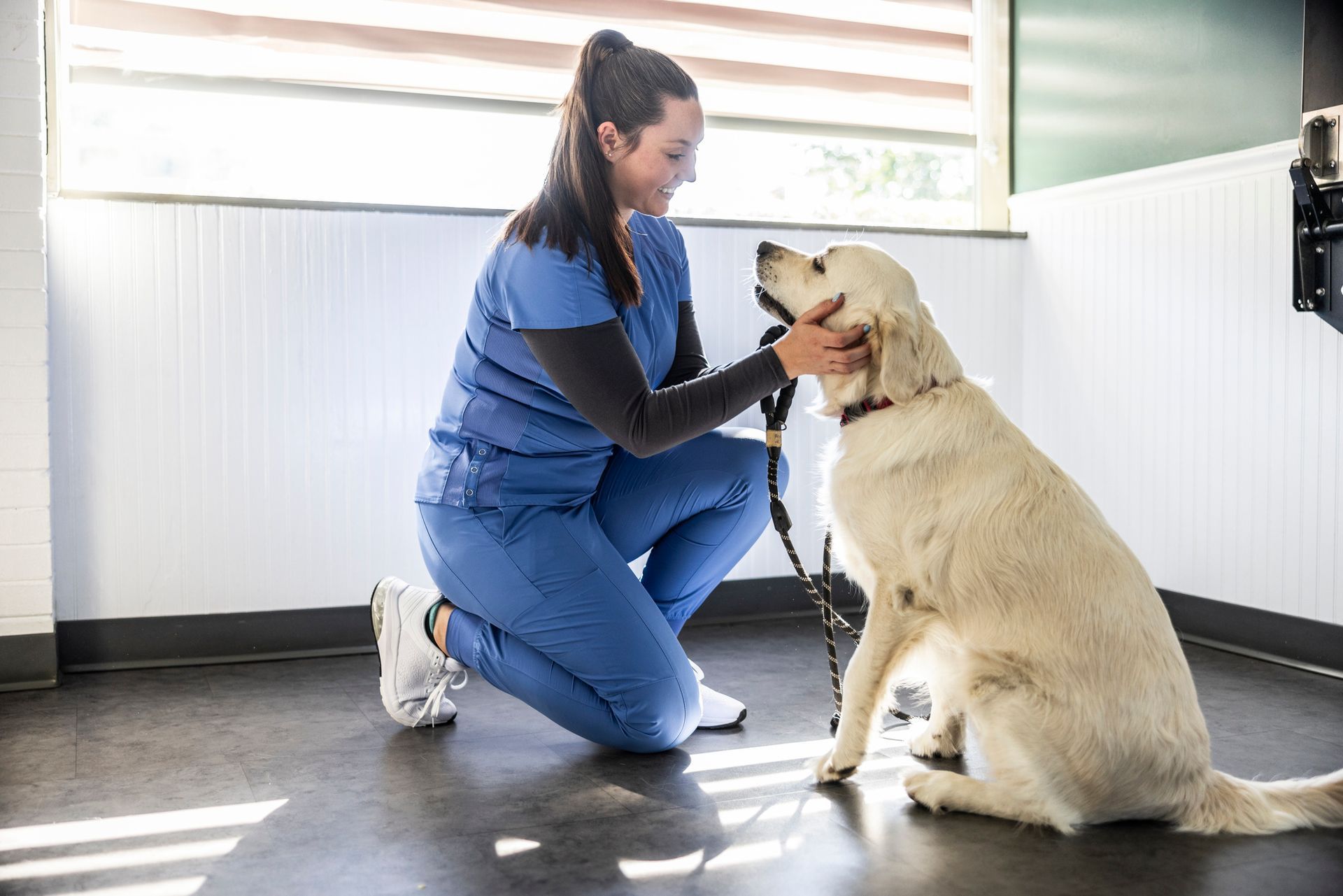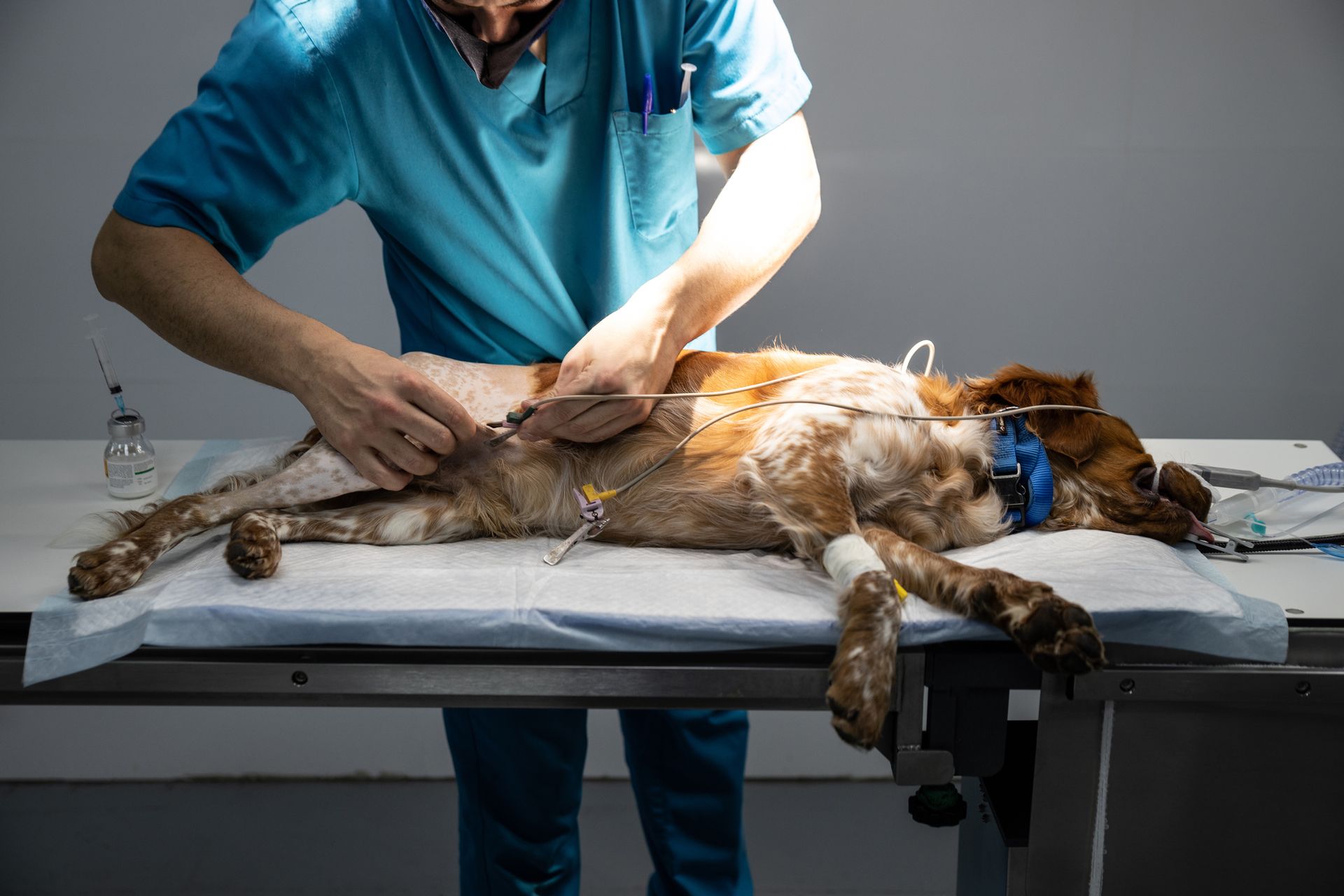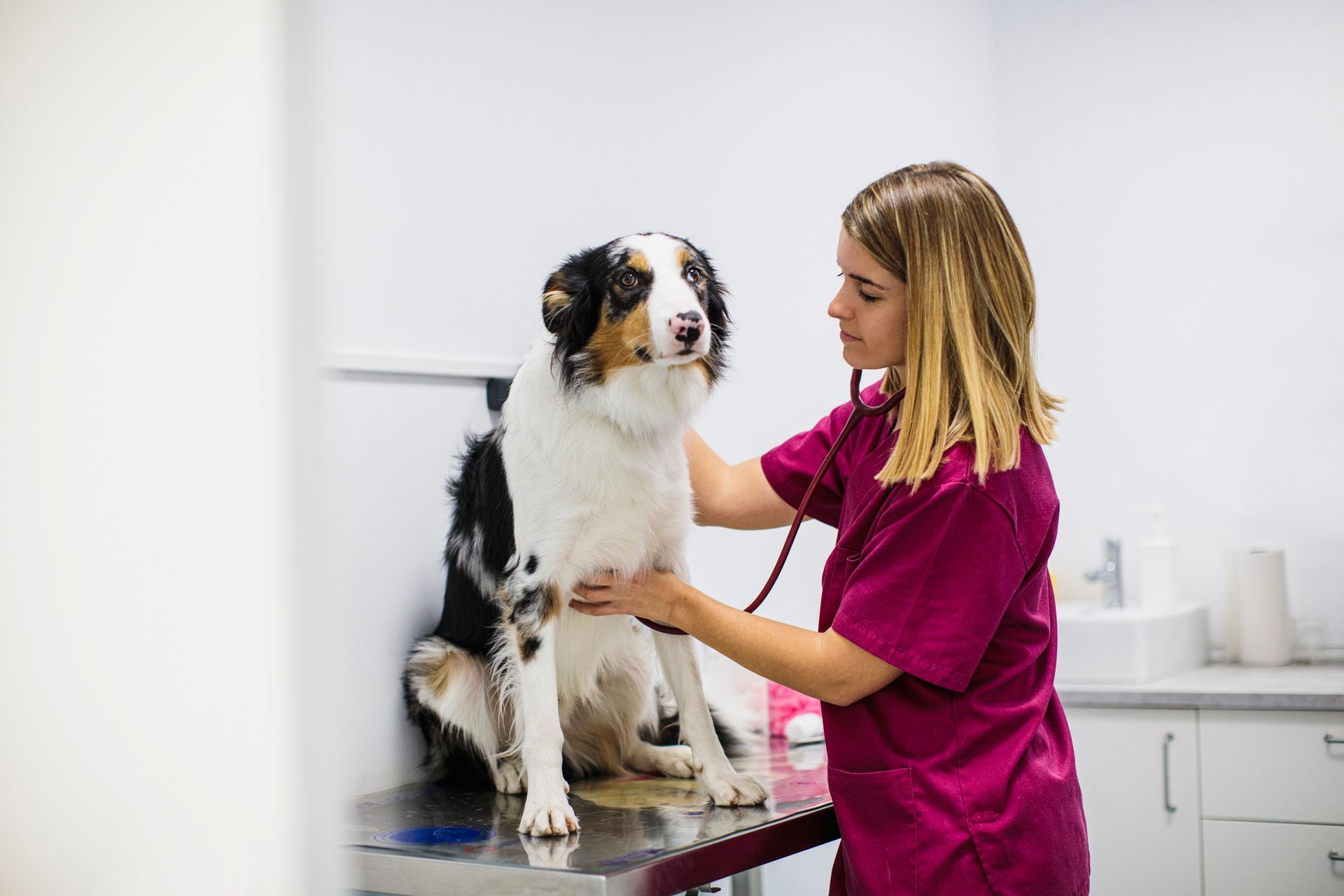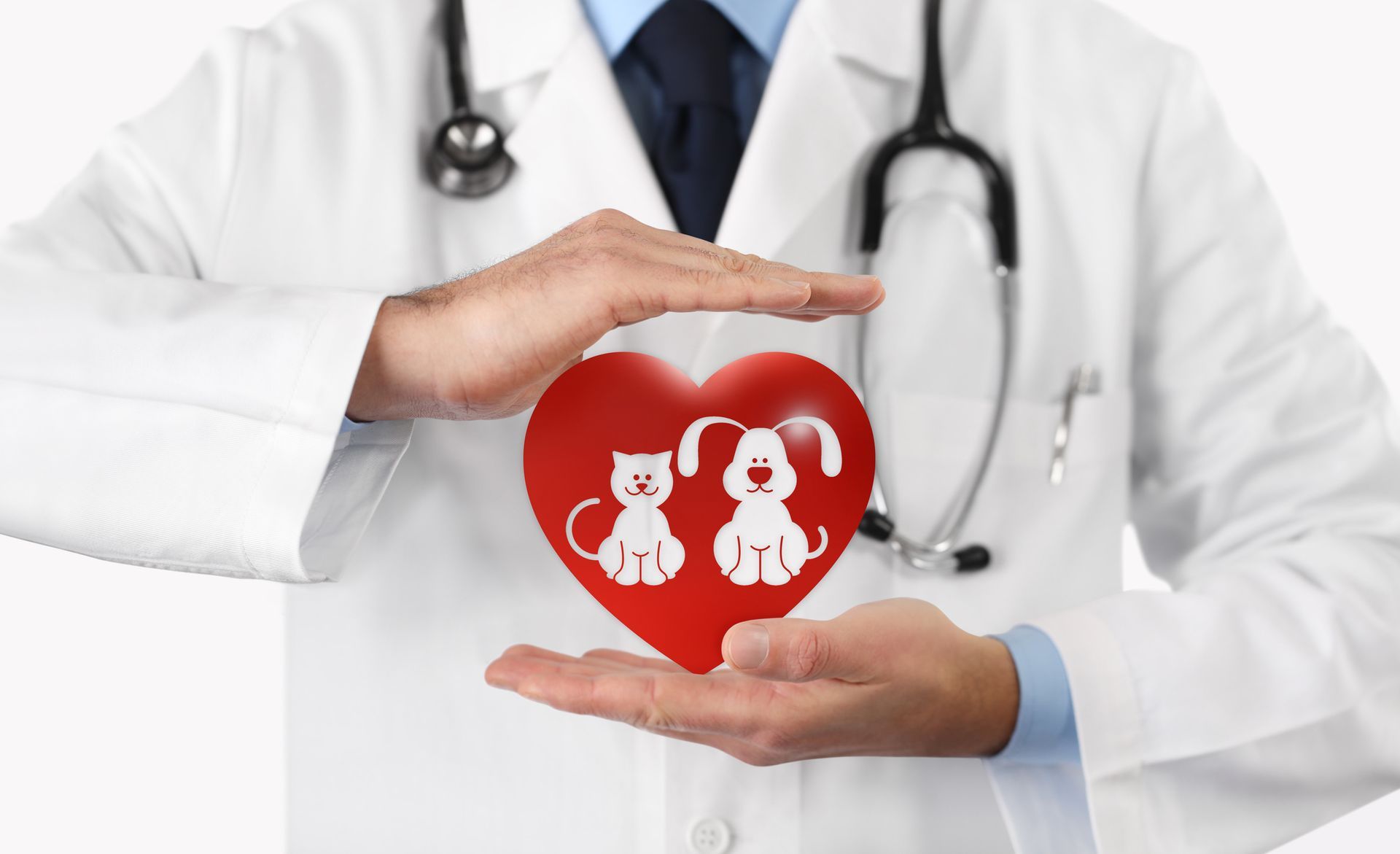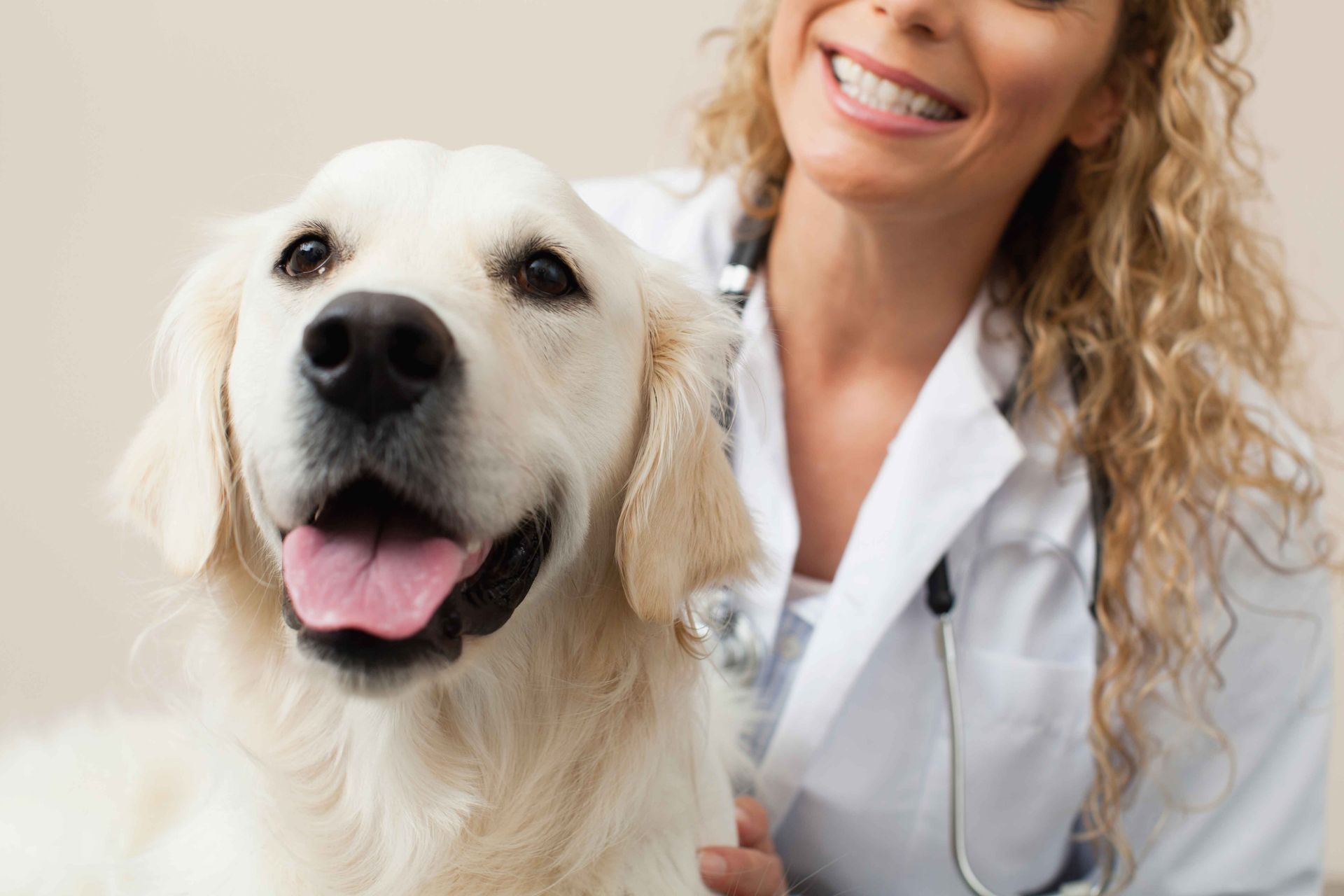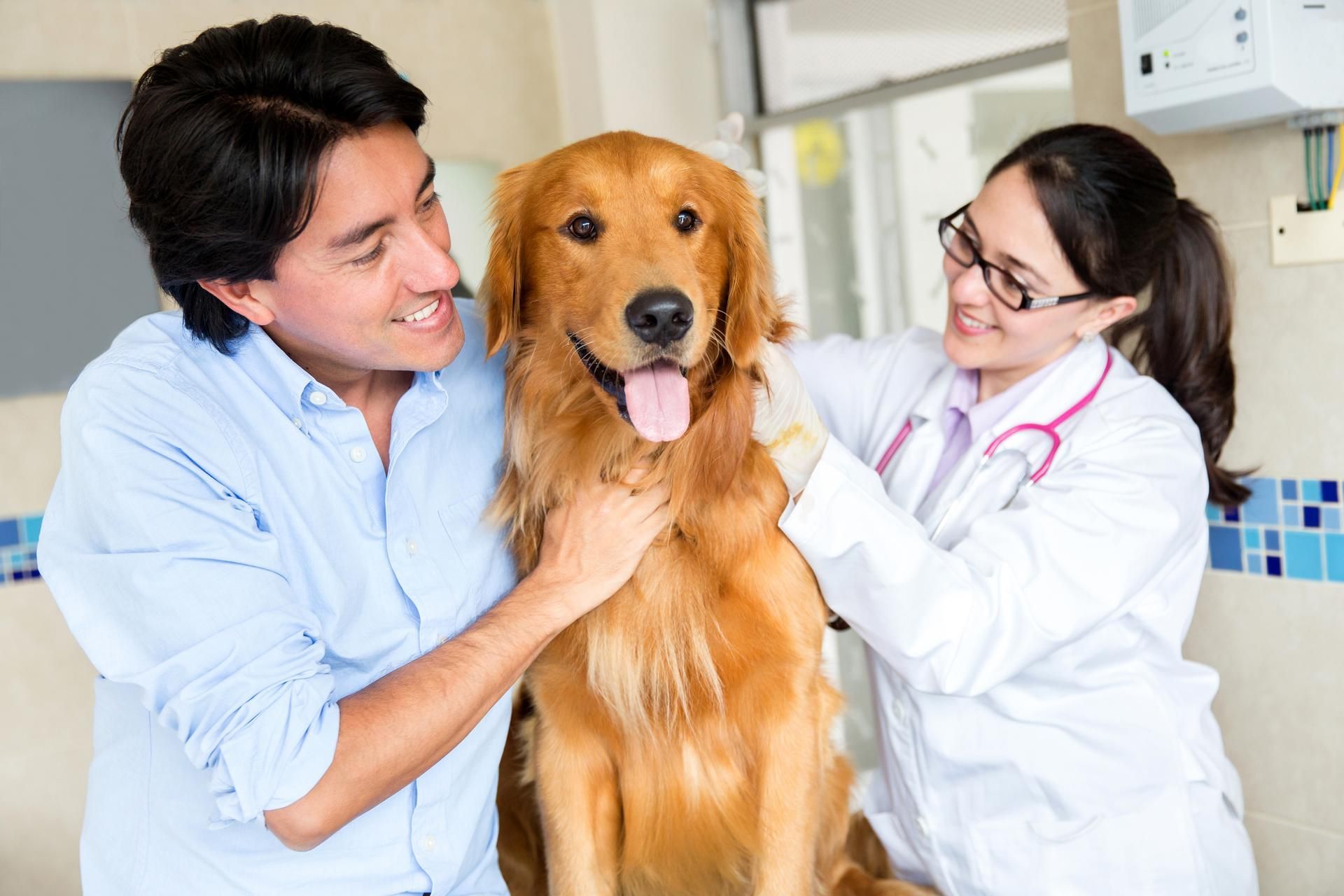Signs Your Dog May Be Suffering from Heatstroke

As temperatures rise, it's crucial to ensure your furry friends stay cool and hydrated. Dogs are particularly susceptible to heatstroke, a condition that can lead to severe health issues or even be fatal if not addressed promptly. Knowing the signs of heatstroke in dogs and acting quickly can save their lives.
What Is Heatstroke?
Heatstroke occurs when a dog's body temperature rises to a dangerous level, typically above 104°F (40°C). Dogs do not sweat like humans; instead, they regulate their body temperature through panting and sweat glands in their paws. Panting evaporates moisture from their tongues, nasal passages, and lung linings, dissipating heat effectively. Additionally, the small amount of sweat that dogs produce through the glands in their paws also helps them cool down. However, during extreme heat or excessive exercise, these cooling mechanisms may not be sufficient to maintain a safe body temperature.
Signs of Heatstroke
Heatstroke can vary in dogs, but common symptoms include excessive panting, drooling, and signs of discomfort such as restlessness or agitation. Your dog may also display a bright red tongue and gums. As the condition worsens, more severe symptoms can occur, like vomiting, diarrhea, and lethargy. In extreme cases, a dog might collapse, have seizures, or fall into a coma.
Immediate Actions to Take
If you suspect your dog is experiencing heatstroke, promptly relocate them to a cooler setting, whether it's an air-conditioned room or a shaded spot outdoors. Offer small amounts of water to drink, but do not force it, as too much water can cause vomiting. Use cool (not cold) water to wet your dog's fur, focusing on the belly, paws, and armpits, which are key areas for heat dissipation. Avoid ice-cold water, as it can constrict blood vessels and slow the cooling process, worsening the situation. You can also place a cool, damp towel over your dog’s body to help lower their temperature gradually. Attempt to fan your dog to accelerate the cooling effect, and if possible, use a fan or air conditioning unit to enhance airflow. Monitor your dog closely and seek veterinary assistance immediately, as heatstroke can cause serious complications and require professional care.
Taking Your Dog to a Pet Hospital for Help
Even if your dog seems to recover after initial cooling, it's essential to seek veterinary care immediately. Heatstroke can cause internal damage that may not be visible, affecting organs such as the heart, kidneys, liver, and brain. The longer the delay in receiving proper medical attention, the greater the potential for irreversible damage to these vital organs. A veterinarian can perform a thorough examination and provide treatments like IV fluids to rehydrate your dog, medications to manage pain and inflammation, and continuous monitoring for any complications. Additionally, they can conduct diagnostic tests such as blood work and imaging to assess the extent of the damage. Delaying professional care can significantly increase the risk of long-term health issues or complications, potentially leading to chronic conditions or even fatalities.
Preventing Heatstroke
Prevention is always better than cure. On hot days, keep your dog indoors during peak heat and ensure they have access to fresh water and shade. If you exercise your dog, do so during the cooler parts of the day, such as early morning or late evening. Be mindful of your dog's breed and physical condition, as some dogs, like brachycephalic breeds (e.g., Bulldogs, Pugs), older dogs, and those with certain medical conditions, are more prone to heatstroke.
By being vigilant and proactive, you can help protect your dog from the dangers of heatstroke and ensure they stay happy and healthy throughout the warm months. Make sure your dog has access to plenty of fresh water, provide shaded areas for rest, and avoid excessive exercise during the hottest parts of the day. Remember, your awareness and prompt action can make a life-saving difference. Recognize the signs of heatstroke, such as excessive panting, drooling, and lethargy, and be prepared to act quickly if necessary. Your efforts can help keep your furry friend safe and comfortable all summer long. If your dog suffers from heatstroke and needs medical attention, contact our South Seattle Veterinary Hospital office for aid.


